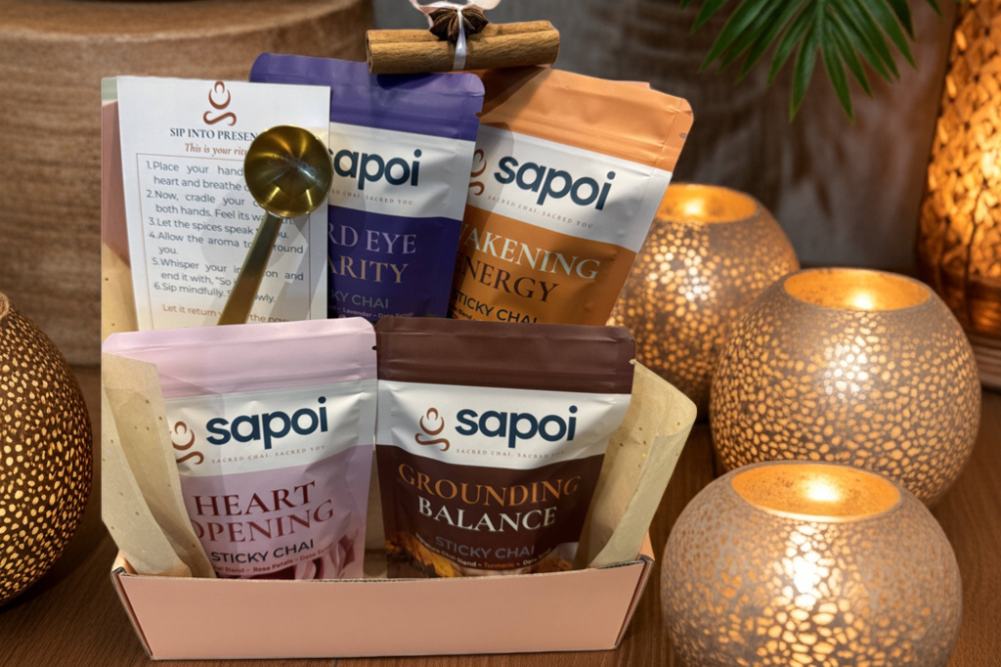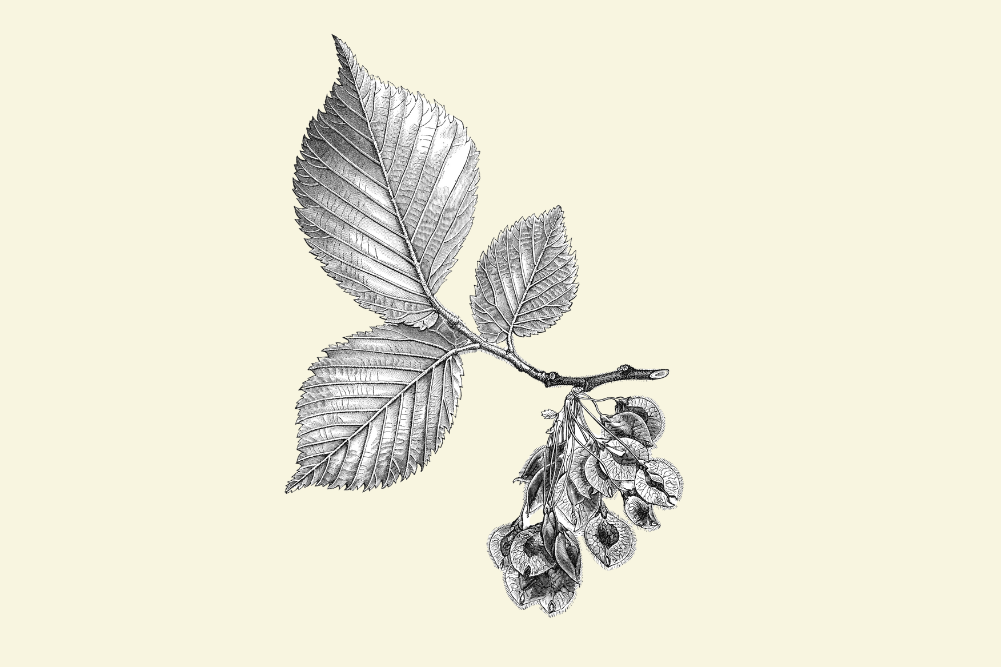The benefits of drinking tea
Its said that tea drinking originated about 3000 years ago when a few leaves accidentally fell into a cup of hot water held by a Chinese emperor. The emperor found the brew tastier than plain water and he subsequently recommended it as a remedy for various ailments. Others claim tea originated in India and became popular with Buddhist monks who helped introduce the calming but refreshing drink throughout Asia. Tea was introduced to Europeans by Turkish traders in the 6th century and it later became an important part of Dutch and British trade.
There are many other types of tea but in this article I am covering only the dried leaves of Camellia sinensis. Depending on how the leaves are processed, the resulting tea is classified as black, green, red or yellow and white. Black tea in the context of this article refers to the process of drying and fermentation and is the common tea we drink in Australia, taken with or without milk. Until recently, it was considered that milk reduced absorption of important therapeutic tea compounds but its now accepted that adding milk does not impair teas benefits (European Journal of Clinical Nutrition, 52; 356-9: 1998).
Green tea is non-fermented and is the most scientifically researched and probably the most therapeutic of all the teas. However, all the Camellia teas contain similar constituents and studies confirm they also have therapeutic effects. Oolong tea (sometimes called red or yellow tea) is widely consumed in southern China and is produced by partial fermentation.
To make the rarer white teas, the leaves and buds are generally steamed before drying. Its called white tea because the buds are covered with silvery hairs that produce a pale yellowy brew. Its slightly sweet and more palatable than green tea. A premium white tea may also be made from the downy unopened buds that are left to wither naturally, but this product is very expensive and requires a 15-minute soaking time.
There are many taste differences in teas, depending on the maturity of the leaves, soil type and climate, as well as processing methods and added flavourings. Jasmine tea, for instance, is usually a mix of green and black teas plus some jasmine flowers for flavouring.
Tea constituents
The main therapeutic compounds are referred to as tea polyphenols, catechins or flavonoids. As a group, they are powerful antioxidants that reduce damage to fats, protein and cells as well as having various anti-cancer effects (Journal of Nutrition, 130; 472-8S: 2000).
L-theanine gets broken down in the body to ethylamine, which helps gamma delta T immune cells (Proceedings of the National Academy of Sciences, 100; 6009-14: 2003). In this study, five cups of black tea daily significantly increased the blood levels of interferon, a natural compound that helps fight a variety of infections. L-theanine also stimulates production of alpha waves, creating feelings of relaxed alertness. In addition, L-theanine stimulates both GABA, a neurotransmitter that reduces anxiety, and serotonin, a mental wellbeing chemical.
Due to the tiny amounts of the tea plant that are actually consumed, the quantities of essential nutrients in all types of teas are insignificant and you should look to a healthful and varied diet as your main source of these nutrients. However, one survey in Europe found that tea was a richer source of flavonoids than vegetables and fruits. In common with all plants, tea contains literally hundreds of compounds but these are consumed in such tiny quantities that its unlikely the majority of them have any measurable effect in the body.
Therapeutic effects
Immune tonic
The immune cells of tea drinkers respond five times faster to germs than do blood cells of coffee drinkers and theres increasing evidence that compounds in tea help fight fungal, bacterial and viral infections while increasing the levels of beneficial intestinal bacteria. Experimentally, tea inhibits the growth of various bacteria (International Journal of Zoonoses, 7, 164-70: 1980), so it may be a sensible drink option when travelling in areas where water purity may be suspect. Theres some theoretical evidence that green tea may help reduce resistance to antibiotics.
Teeth
Green tea is known to reduce the growth of bacteria that can cause gum disease, plaque, cavities and bad breath. People who regularly drink or rinse their mouths with black, green or oolong tea have fewer cavities than those who dont (Nutrition, 18; 443-4: 2002). If youre eating out, green or weak black tea is a good choice after a sweet dessert.
Liver
Two Japanese studies show that green tea appears to protect the liver from damage. In rats, green tea enhanced the antioxidant enzyme systems in the liver (Phytomedicine, 9; 232-8: 2002).
Cancer
There are numerous animal studies indicating that green tea in particular protects against cancer development in various organs and tissues. The problem is no one can give precise information about the doses required to prevent or aid treatment of the various types of cancers in humans. In the meantime, I think there is sufficient evidence to recommend tea drinking in moderate quantities for general health and for its cancer-preventive potential.
- One study showed that alcohol extracts of tea contain more antioxidants and cancer-killing properties than liquid teas (Journal of Agriculture and Food Chemistry, 2003).
- Green tea inhibits lung cancer in mice (Proceedings of the Society for Experimental Biology and Medicine, 1999). Black tea is not as well researched but lifelong rat studies show that black tea also protects against lung cancer.
- When mice are fed green or white teas they have fewer pre-cancerous colon formations (Carcinogenesis, 24; 263-7: 2003). Another study suggested that black tea and wine were protective and probably involved a mechanism that actually killed tumour cells.
- A USA survey of humans suggested that drinking hot, black tea was linked to a lower risk of squamous cell carcinoma of the skin (Cancer Epidemiology, Biomarkers & Prevention, 9; 727-31: 2000). Many animal studies show that various skin cancers can be inhibited by drinking green or black teas and also by applying tea extracts on the skin. Your herbalist could make up a preventive skin cream using a concentrated green tea extract and aqueous cream. I dont recommend fatty or oily ointment bases for people with skin cancers.
- Tea protects against liver cancer (Japanese Journal of Cancer Research, 87; 1034-8: 1996).
- One study showed that tea decreased the size and numbers of breast tumours in rats and the addition of milk gave a further preventive effect (Cancer Letters, 114;323-7: 1997). In Japanese women, there was less spreading of cancer to the lymph nodes in those with a higher intake of green tea (Japanese Journal of Cancer Research, 89; 254-61: 1998).
Osteoporosis
A British survey of 1256 elderly women found tea drinkers had higher bone mineral density than those who did not drink tea (American Journal of Clinical Nutrition, 71; 1003-7: 2000). While high caffeine intake may be a risk factor for osteoporosis, tea contains about one quarter of the caffeine of coffee; tea also contains compounds that offset the effects of caffeine. Some tea flavonoids, and lignans, have weak oestrogenic effects that may help strengthen bone structure.
Heart disease
- Tea drinkers in the USA appear to have a lower death rate after heart attack compared with non tea drinkers (Circulation, 105; 2476: 2002).
- Green tea prevents the development of atherosclerosis in mice (Journal of Nutrition, 131; 27-32: 2001). This may be due to an antioxidant effect or to the relaxant effect on arteries, or because tea tannins and flavonoids actually strengthen blood vessel walls.
- Camellia tea may help reduce high blood pressure because it dilates arteries.
Weight
There is some evidence that green tea may help weight loss by burning body fats (International Journal of Obesity and Related Metabolic Disorders, 24; 2562-8: 2000) and that this cannot be attributed solely to the caffeine content. Mice with weak muscles had less deterioration when they were fed a green tea extract equivalent to seven cups of tea per day. Although you may not want to drink this much tea, you can buy concentrated products.
The comfort factor
In the old days, when anyone was upset they shared a pot of tea. It may be that over the years tea has been associated with solace, whereas coffee and other drinks are linked more to stimulation. There is some research supporting tea as an aid for the nervous system, as outlined above under tea constituents. In addition, tea can help modulate blood sugar levels, which may cause anxiety when they fluctuate. Nerve tissue is sensitive to oxidative damage and the antioxidant effect of tea may help protect brain and nerve tissue.
The tea ceremony originally began as a set of conventions to ensure the sociability of host and guests. The surroundings and utensils were designed to reflect tranquillity and purity and to take the mind off problems. Focusing on the tea ceremony itself is a type of mindfulness meditation and some zen Buddhists drink tea as a preparation for meditation because it helps attain a state of relaxed alertness. You may have your own habitual tea-making rituals.
Other
Experiments show that green tea is anti-inflammatory. Also, in mice, black tea protected against chromosome damage caused by chromium and arsenic. One study found that women who drank more than one-half cup of tea daily had an increase in fertility (American Journal of Public Health, 1998).
Cautions
The caffeine content of dry tea leaves is three to six per cent and some sensitive people may be physically and mentally agitated by this level. Caffeine has beneficial and adverse side-effects. Its stimulating in varying degrees and can also have a laxative effect, both of which may be good or bad depending on the individual. A number of studies indicate caffeine reduces the incidence of colon cancer. If youre caffeine sensitive, use decaffeinated tea, although some decaffeinated products may contain residues of a chemical solvent. One option is to use ordinary tea and pour off the water after 30 seconds of steeping, and add more liquid. The second brew reportedly contains less caffeine.
As a precaution most practitioners dont recommend tea during pregnancy because of the caffeine content.
Drinking black tea will increase the uptake of oxalate (European Journal of Clinical Nutrition, 57; 415-9: 2003) and, although I found no link to tea drinking and kidney stones, I suggest people with kidney stones should add milk to their tea because this reduces oxalate absorption.
Tea can lower iron levels in the blood and therefore it may be sensible to restrict tea to a few cups daily taken between meals if you have low iron levels.
Tea contains different types of tannins, some of which are therapeutic while others can be irritating to the digestive tract in large quantities. Herbalists use tannin-containing plants in small quantities to tone tissue and for diarrhoea, but large doses are drying and irritating.
Most tea plants are sprayed with pesticides so organic tea is preferable.
Quantity
A man was admitted to hospital with cramps, twitching and blurred vision. On questioning, it was found that he had been drinking up to four litres of Earl Grey tea daily. The doctors considered that because Earl Grey contains bergamot oil, the bergamot was responsible for the symptoms because excessive quantities are known to deplete potassium (Lancet, 2002). However, excessive fluid intake also means excessive urinary mineral loss. As a general rule, I recommend up to three cups of tea daily.
Nancy Beckham is the author of Menopause & Osteoporosis A Guide to Wellbeing for Australian Women and runs her own clinic in Beverly Hills, NSW, Tel: 9150 4907.







